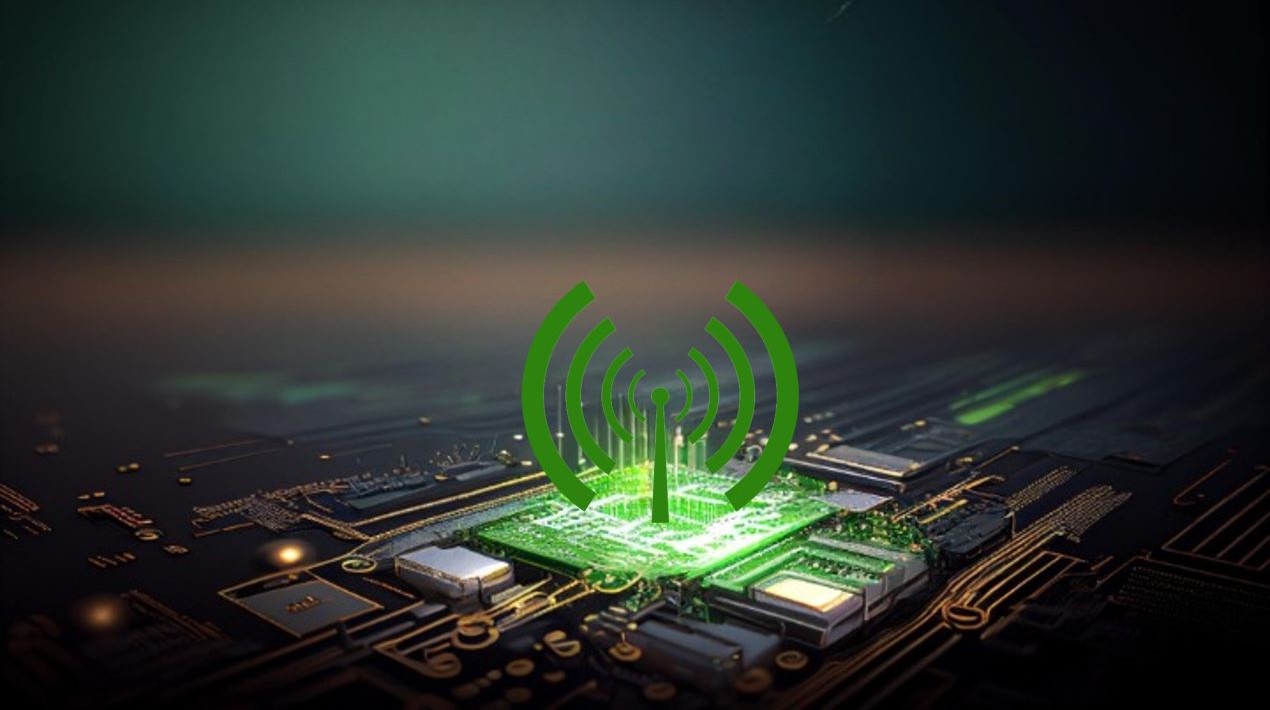
The Philippines Bureau of Customs (BoC) is intensifying the deployment of the Electronic Tracking of Containerised Cargo (E-TRACC) System to enhance the monitoring of the position and movement of containers to safeguard the transit of imported products.
Launched through the issuance of Customs Memorandum Order 04-2020, the E-TRACC System enables the real-time monitoring of inland movements of containerised goods utilising an Information and Communications Technology-enabled system, such as a GPS-enabled tracking device, to safeguard its transport to its intended destination. Additionally, the system contains a cutting-edge alert feature that can detect diversion and manipulation.
As of August 2022, only five alarms have been detected by the system, indicating a decline in diversion and other customs fraud and criminal activity efforts. The few warnings indicate that the E-TRACC technology is highly effective and a formidable barrier against diversion and smuggling.
The Enforcement and Security Service responds swiftly to any reported alarms and conducts investigations and enforcement measures as necessary and appropriate.
E-TRACC remains a crucial tool for BOC in identifying and preventing criminal acts throughout the movement of cargoes, such as incorrect container delivery, missing containers, and improper diversion.
The BOC promises to keep up its tenacious defence of the nation’s borders against all kinds of smuggling and customs fraud.
On October 1, the Bureau of Customs (BOC), through the Management Information System and Technology Group (MISTG), will finish implementing the Payment Application Secure System Version 6.0 (PASS 6) of the Philippine Clearing House Corporation (PCHC) in its Electronic to Mobile (E2M) system. This will allow for the 24/7 processing of payments for stakeholders transacting through specific banks.
The PASS 6 will be integrated with the BOC E2M System, which enables stakeholders to access the Bureau’s services at any time and from any location.
The initial users of the 24/7 payment service, which can be accessed from the comfort of their homes, will be stakeholders who pay customs and taxes through local and selected banks. Additionally, there are plans to roll out to additional institutions.
Meanwhile, accelerating the digitalisation of Customs services in the Philippines is part of the nation’s programmes and initiatives toward modernisation.
This is consistent with the administration’s 8-Point Socioeconomic Agenda, which seeks to modernise infrastructures and procedures to boost trade operational efficiencies and encourage the growth of the Philippine economy.
In addition, the BOC has automated and streamlined 82 per cent of its 170 processes and procedures as part of its ongoing modernisation plan, resulting in above-target collections despite the pandemic-induced economic downturn.
The submission, processing, and approval of applications of importers and exporters identified as authorised economic operators (AEOs) or those recognised as having conformed with WCO or equivalent supply chain security norms are among the processes automated by the BOC via ICT-supported programmes. These processes and procedures are now completed electronically via the AEO web portal of the BOC.
In addition to the AEO online portal, the BOC has implemented 30 ICT-based systems, including its customs dashboard, customer care portal system, document tracking, parcel and balikbayan box tracking system, electronic advance ruling system (e-ARS), electronic certificate of origin (eCO), automated bonds management system (ABMS), and Computerisation of the Super Green Lane Office.
Additionally, the BOC successfully implemented its automated inventory management system for customs bonded warehouses (CBWs) at the Port of Manila to determine and monitor the stock inventory of bonded goods from the time of their entry into the CBW until the liquidation of the goods declaration covered by the warehousing single administrative document.
















